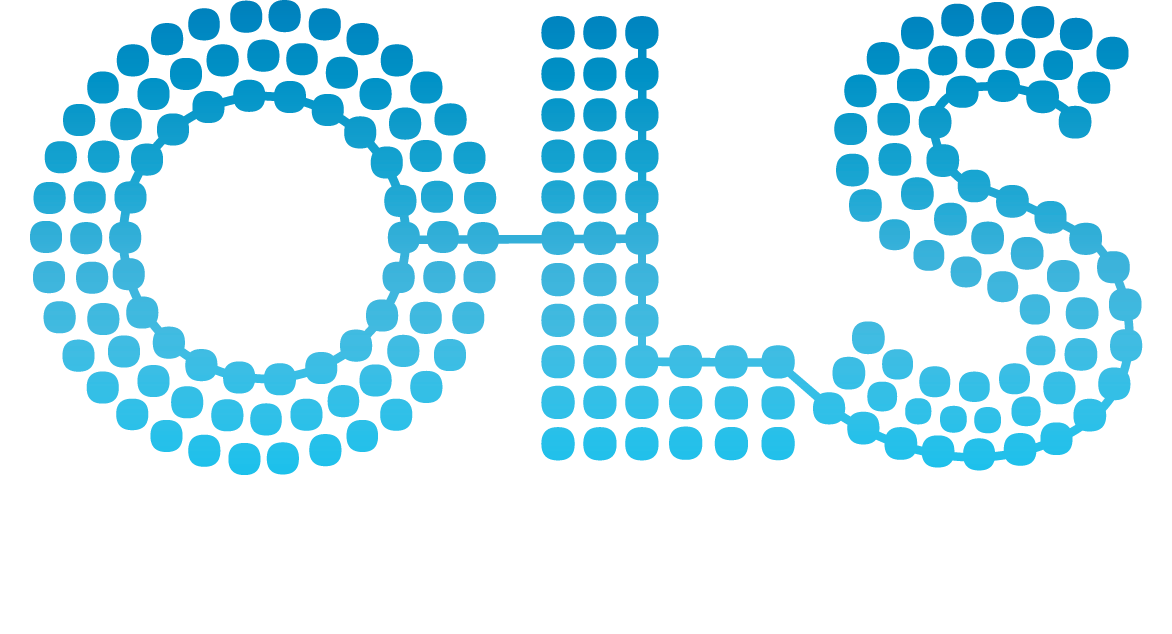A flexible rod-shaped body found in embryos of all chordates. It is composed of cells derived from the mesoderm and defines the primitive axis of the embryo. In some chordates, it persists throughout life as the main axial support of the body, while in most vertebrates it becomes the nucleus pulposus of the intervertebral disc. The notochord is found ventral to the neural tube. [ https://github.com/obophenotype/uberon/issues/25 http://en.wikipedia.org/wiki/Notochord http://tolweb.org/Chordata/2499 https://github.com/obophenotype/uberon/issues/271 https://www.worldcat.org/search?q=bn%3A0815318960 ]
Synonyms: notocord embryonic notocord
Term information
- XAO:0000055
- CALOHA:TS-0690
- FMA:85521
- VHOG:0000199
- NCIT:C12463
- TAO:0000135
- BTO:0001768
- ZFA:0000135
- AAO:0000327
- EMAPA:16191
- EHDAA:1241
- SCTID:308820002
- VSAO:0000032
- Wikipedia:Notochord
- EV:0100002
- EHDAA2:0001277
- null:http://evolution.berkeley.edu/evolibrary/images/history/notochords.jpg
- MESH:D009672
- EHDAA:6021
- MAT:0000281
- GAID:1311
uberon_slim, pheno_slim, vertebrate_core
The notochord appears early in embryogeny and plays an important role in promoting or organizing the embryonic development of nearby structures. In most adult chordates the notochord disappears or becomes highly modified. In some non-vertebrate chordates and fishes the notochord persists as a laterally flexible but incompressible skeletal rod that prevents telescopic collapse of the body during swimming[TOLWEB]
Term relations
- organ
- multi-tissue structure
- ectoderm-derived structure
- mesoderm-derived structure
- part of some axial skeletal system
- in taxon some Chordata
- produces some sonic hedgehog protein
- develops from some chordamesoderm
- BSPO_0000098 some digestive tract
- develops from some notochordal plate
- existence starts during some embryo stage
- BSPO_0000102 some neural tube

